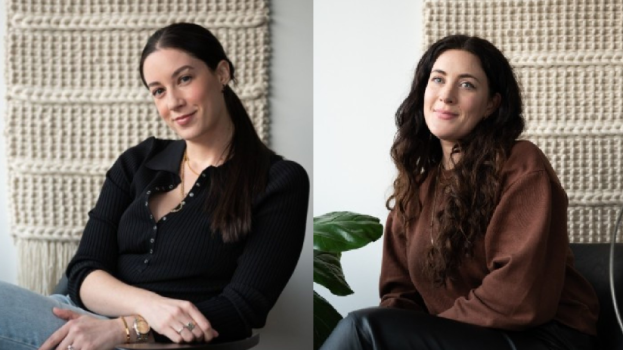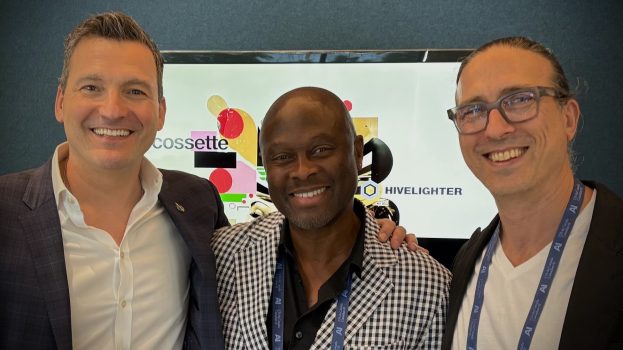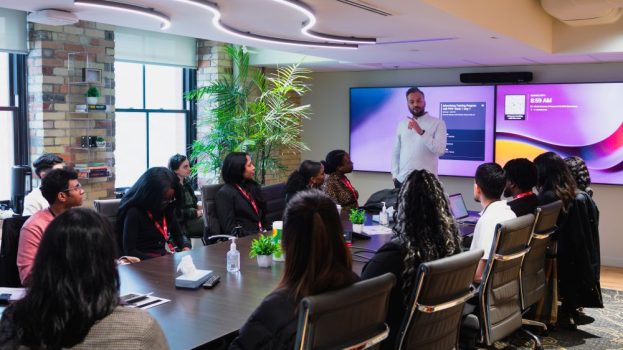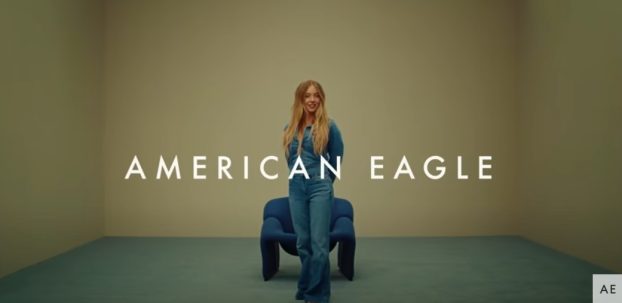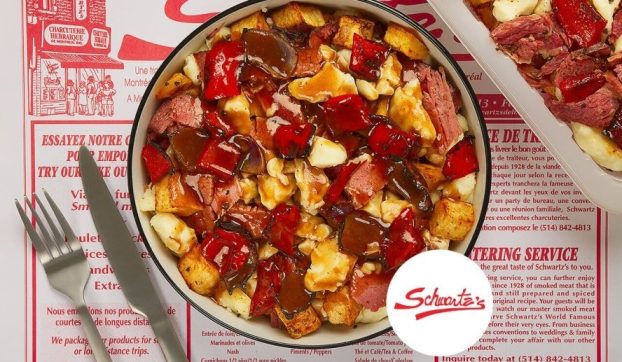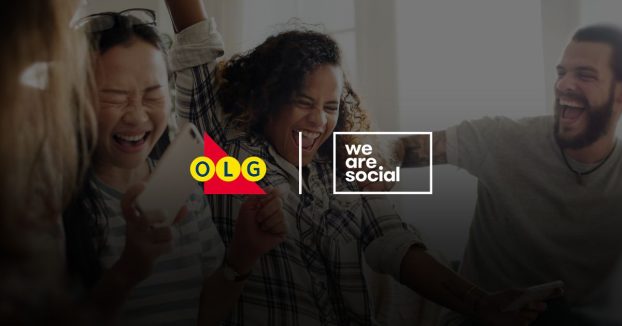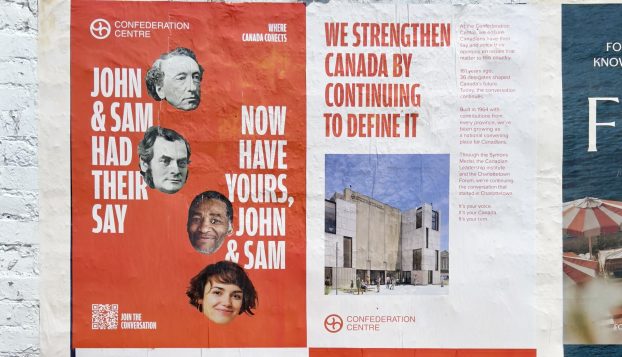This story is part of a series exploring the ideas and strategies that helped propel the 2021 Creative Report Card winners to the top. Be sure to check out other coverage of the CRC, as well as the full rankings across brands, agencies, creatives and strategists.
This story originally appeared in the Spring 2021 issue of strategy.
This year, we invited the top two strategists on the Creative Report Card into the writer’s room and asked them to picture themselves in the other’s shoes. What brilliant insight led the other’s campaign to win big in 2020? Could the concept be applied to another brand or category, and what would that look like?
In what follows, Rethink’s Sean McDonald (the #1 Planner) waxes lyrical about BMO’s “Financial Fairness,” a campaign that highlights the gender stereotypes facing girls and women that result in financial disempowerment, and FCB’s Shelley Brown (the #2 Planner) deconstructs the strategy behind Molson Canadian’s “Make It Canadian,” whose support for local beer pride was highlighted in two-four cases that contained Canadian beer brands.
Sean McDonald, Rethink (#1 Planner)
Reverse engineer BMO’s “Financial Fairness” by FCB. What’s the killer insight?
This campaign clearly demonstrates the unfortunate reality that women are treated unequally and conditioned throughout their lives to question their financial independence. I would guess the work was inspired by an insight recognizing that society pays lip service to equality, yet continually reinforces the ridiculous notion that women are in some way less independent with their finances. That’s a self-fulfilling prophecy that will persist as long as we reinforce it.
In what other direction could the campaign have gone?
The campaign creative highlights the truth at the crux of this inequality, while also strongly declaring BMO’s point of view. Ultimately, it reveals a pervasive bias. Though it gives BMO the chance to demonstrate all it can and will be doing to address the issue, there’s also an opportunity for the bank to showcase how everyone can do better to support women through their words and actions.
Apply the same insight to an imaginary client. What does that look like?
Unfortunately, the bias identified exists everywhere. It’s an issue that many brands could use in their own context to make a difference. For example, if you’re a retailer, speak to women of any age about sport through the lens of empowerment. If a brand like Canadian Tire, with its focus on inclusion in sports, were to use its platform to demonstrate the power of language in supporting women athletes, it could make a similar impact.
Shelley Brown, FCB
Reverse engineer Molson Canadian’s “Make It Canadian” by Rethink. What’s the killer insight?
There are several layers to the insight. Molson Canadian isn’t just the Canadian beer, it’s the essence of Canadian-ness in beer. That means easy-drinking, hockey-friendly, unpretentious, and likable. Inclusive, welcoming, and, that Canadian trope, nice.
But the brand is also acting as a leader, standing up for all domestic beer and pushing back against that old foe: American beer. This is Molson Canadian being unafraid of its own scale. And being generous. And so, being a true leader.
In what other direction could the campaign have gone?
Molson Canadian is at its best when it taps into national pride. So it could highlight more of these moments. For Indigenous History Month, offer a mixed case of all indigenous brews (there are many, just not many available at your local beer store). Or create a campaign that measures the level of national pride in social media and responds in real-time through flexible pricing or that unlocks a special offer through an increase in sentiment.
Apply the insight to an imaginary client. What does it look like?
This insight requires an enemy. So, what if a regional QSR fought off a new entrant by expanding its online menu to include items from nearby restaurants? What if a Canadian coffee shop bolstered its own local credentials against a multi-national competitor by offering a local roast of the week – from a neighbourhood coffee roaster or cupcakes from bakeries? By playing the role of category protector, the brand could take a lead.




